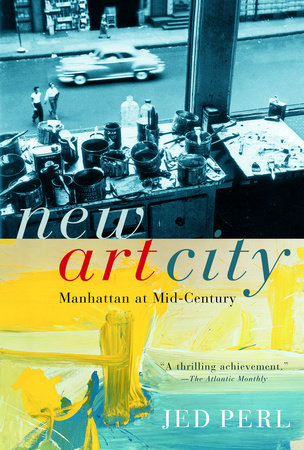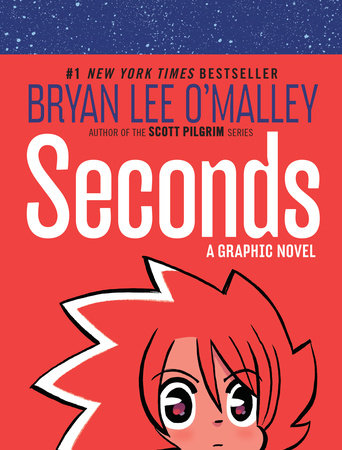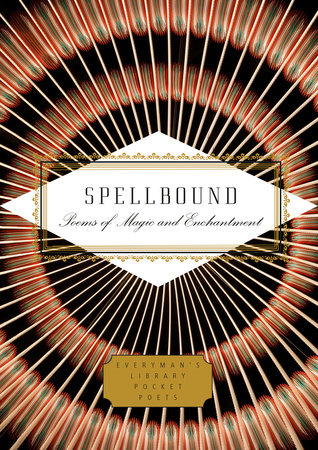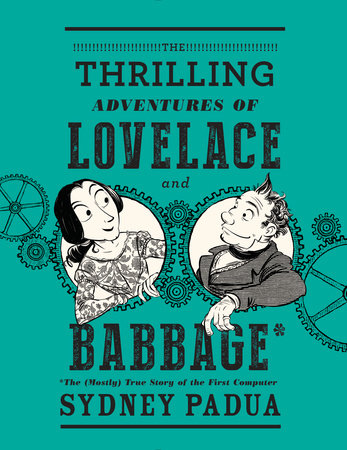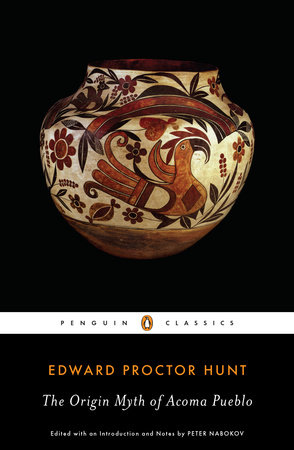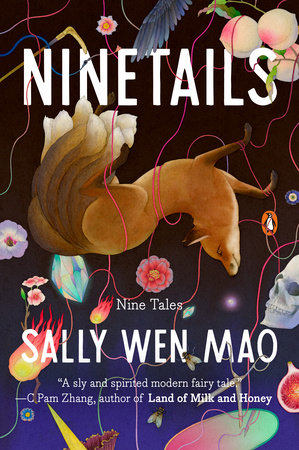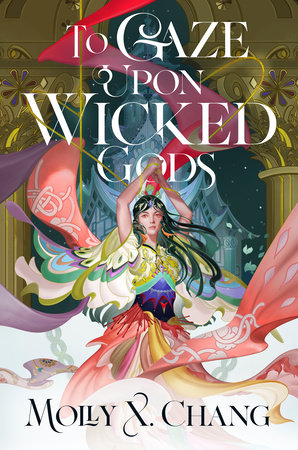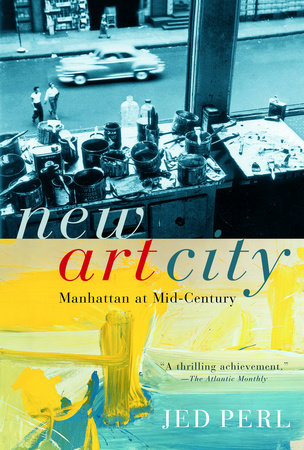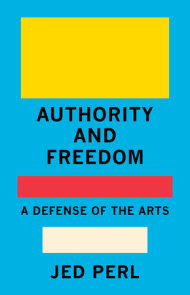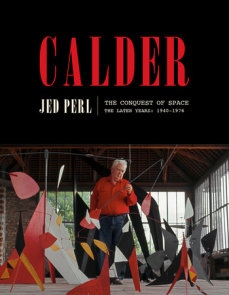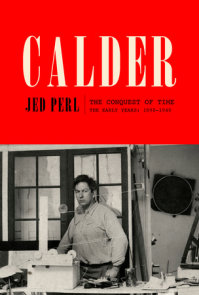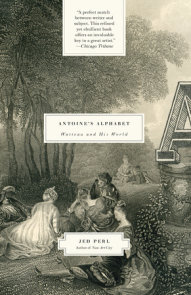Author Q&A
A Conversation with Jed Perl
Q: What drew you to write about mid-century Manhattan? Much has been written about this period—what inspired you to revisit it?
A: I had very personal reasons for wanting to write this book. I was born in New York and I’ve always loved the city. So in part I simply wanted to explore New York City—the climate of the city, the mood of the city—in those mid-century years. I really enjoyed catching the spirit of the streets, the encounters that artists had in bars and studios, and the jangling contrasts between the bohemian downtown neighborhoods and the sleek look of midtown Manhattan. For me, it was a way of immersing myself in a world I was too young to have known firsthand.
There was another—maybe deeper motivation—as well. I wanted to understand how the extraordinary spectacle of New York shaped the work that artists did. When I started out as a critic in New York in the 1970s, I got to know a lot of painters and sculptors who had been formed in the 1950s. But I didn’t feel that most of the writing that was being done caught the ardor or intensity of their vision—or really explained the tremendous, almost cataclysmic effect that the city had had on their lives. The histories tended to be overly technical or theoretical. So although I didn’t start writing New Art City until the early 1990s, the idea really had its origins twenty years earlier, when I first became aware of the romantic fervor that had animated mid-century art.
Q: How did the geography of New York affect the evolution of its art? Could the same have happened in Chicago or San Francisco or Los Angeles?
A: The more I’ve looked at mid-century New York, the more I’ve been convinced that the city left its stamp on all the wildly different kinds of art that were being done. New York was both a melting pot city and a city abounding in sharp contrasts and violent dissonances. And you find all of these qualities reflected in the art produced in New York. Something in the temperament of New York—in the city’s passion for polemics, in the city’s brazenness—emboldened artists, pushed them to create strikingly extremist statements. In one chapter of New Art City, “The Dialectical Imagination,” I relate New York’s reputation as a black-and-white city—as a city of sharp contrasts—to philosophical ideas that go back to the nineteenth century, as well as to the history of photography and to the pioneering abstractions of Mondrian and Malevich. New York promoted a climate of feeling—a vehemence, an intensity—and artists were free to respond to that climate in any number of ways.
Of course urban life, whether in Los Angeles or London, does tend to be life lived in overdrive. So it’s true that some of what I’m saying about New York could also be said of other great cities. But in the 1940s and 1950s there was no other city in America where life was lived with the kind of intensity—with the scale or amplitude—of New York. Only New York was big enough to embrace the challenges of modern art.
Q: How does this period of art history differ from previous movements in American art? How is this period significant in relation to the greater history of American art?
A: It was in the 1940s and 1950s that America took the lead. That doesn’t mean that important things weren’t happening elsewhere; the work that Giacometti and Balthus were doing in France was as important as anything being done anywhere. But by the end of the 1950s New York had become the arbiter of taste. European artists were anxious to see how their work went over in Manhattan. And it wasn’t only that New York’s dealers were becoming powerful, it was also that New York’s museums, especially the Museum of Modern Art, were shaping the way the history of twentieth-century art was understood.
Of course this new leadership role confronted American artists with a whole set of challenges, which I deal with in the later sections of New Art City. I think that many New York artists didn’t know how to respond to the heightened attention that they were receiving in the mid-1950s. In part because American art had always felt marginal, there were few models for the kind of leadership roles that artists were being asked to take. And when the art market really began to take off in the 1960s, many artists were unable to respond constructively to the rapacity of the scene. Many retreated from public view, while others were glad to sell out.
Q: New Art City redefines the place of Abstract Expressionism in the mid-century years. What about this period did you find to be misunderstood or undocumented?
A: One of the biggest misconceptions about the mid-century years is that Abstract Expressionism eclipsed all other styles. The truth is that the years around 1950 were a period when a whole range of styles—representational as well as abstract, hard-edged as well as painterly—flourished in the melting pot that was Manhattan. This is one of the untold stories that I set out to tell in New Art City. Legendary abstractionists like de Kooning and Pollock were strong supporters of the work of representational artists such as Fairfield Porter and Earl Kerkam. The great teacher, Hans Hofmann, encouraged his students to paint both abstractly and representationally. And the strength of the mid-century situation had everything to do with this joyous heterogeneity, because artists were constantly being challenged by the work of friends and colleagues. It was only when a marketing mentality began to overtake the art world in the later 1950s that the value of variety began to be rejected—because it was easier for the dealers to sell one idea at a time.
Q: How is it that painters like Jackson Pollock and Mark Rothko have received more attention than formative figures such as Hans Hofmann, Earl Kerkam, Fairfield Porter, and Mercedes Matter? Is there a difference in their contributions to this era in American art?
A: I think there’s always an impulse to simplify history—that way it’s easier to write. Historians—as well as curators and dealers and collectors—like to have a short list of greatest hits. And everything else gets pushed to the margins. In writing New Art City, I wanted to complicate the mix. The essential point for me isn’t that Hofmann is a greater painter than Pollock—although I do think he is—but that many different artists can have a hold on our attention. There are magnificent paintings by Earl Kerkam—Pollock and Kline thought so—and they ought to be recognized as part of the story of American art. And Mercedes Matter—whose delicate, nearly abstract still lifes have a lyrical magic—was a teacher who, in founding the New York Studio School, helped to revitalize the New York art world in the late 1960s. What I wanted to do in New Art City was create a verbal and visual tapestry that would embrace all of these various figures and their variegated achievements. I wanted to open up the story. That’s the main thing.
Q: How does the art world measure up today when compared to the era you write about in New Art City?
A: In any period, what’s most important is what artists are doing in their studios, and there’s certainly terrific work being created today. But the artists I talk to do seem to feel that the easy conviviality and the lively exchange of ideas that characterized the mid-century years is harder to come by today. I think that many artists find it difficult to create their own villages within the metropolis, in the sense that artists did on Tenth Street in the 1950s or in SoHo in the 1970s. New York has always had its hard edges, but today it sometimes feels as if it’s nothing but hard edges. The economics of the art world have become pitiless—there’s less and less room for the slow-building, gradually evolving career—because contemporary art has become big business, with a small group of collectors and dealers shaping developments. But having said this, I will also say that the life of art—the real life of art, which is the life of artists and ideas—goes on. And, indeed, flourishes.
Q: As an art critic, you are considered a controversial figure. What might people find controversial about New Art City?
A: Some people will take issue with the way that I’ve shaped the story. My strong emphasis on a representational painter like Fairfield Porter or a relatively little known abstractionist like Burgoyne Diller can come as a surprise. And my view of some of the Pop Artists—whom I regard as relative lightweights—is likely to startle art world insiders. But I must say that I’ve been encouraged by the warm response that New Art City has received among early readers, many of whom are quite knowledgeable. They may not agree with this or that judgment call, but they’re heartened to see a panoramic study of the mid-century years that shakes up some of the old hierarchies and some of the received ideas. As a critic—and, as you say, a controversial critic—I’ve never wanted or expected everybody to agree. Far from it. I’ve hoped that I could contribute to a discussion about the arts that would be adventuresome and open-ended. The truth is that a lot of people are just plain tired of the way the story of American art has been told. I think that the best history—the history that really gets at the complexities and paradoxes of the past—is always written from a strong personal vantage point. That’s what I’ve aimed for in New Art City.
